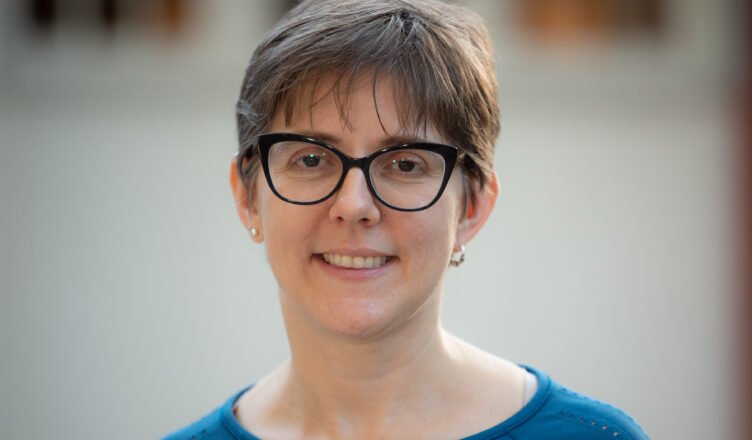We at the Deering Estate hosted a behind-the-scenes visit with Susan Caraballo, a dedicated producer and curator for over 20 years, as well as an artist interested in working collaboratively on projects inspired by and centered around the ecological crisis. Here she continues to discusses her work as the creator and artistic director of Prelude to 2100. Click here for part one of the interview.
How have you been able to use and transform Deering Estate into a complex for displaced tenants?
Susan Caraballo: I wish I could actually use and transform the Deering Estate for this purpose! In the speculative fiction of Prelude to 2100, a young curator who worked at the Estate in the late 2020s finds her family displaced from Liberty City due to climate gentrification. Also a climate activist, she persuades the staff to propose to the State of Florida and Miami-Dade County that the Deering Estate become a cohousing facility in the midst of the housing crisis that Miami was facing. After several years, it becomes a reality in 2030 and the property is partially transformed to continue as a museum (The Stone House) and as a cohousing facility (The Richmond Cottage).
Was there any reasoning behind selecting the year 2050 as the timeline?
While now we are starting to see climate change data for earlier in the century, the majority of the data that most people were seeing was using 2100 as a benchmark. And the reaction of many has been: “It won’t affect me, not in my lifetime.” I wanted to show that climate change is happening now, and it is already affecting us. For example, in 2050, I will be seventy-four years old. I wanted people to be able situate themselves and/or their children or family members in that future reality which is only 28 years from today.
What message do you wants guests to leave the experience with? What do you hope to inspire in them?
I want guests to be touched by the personal stories of the “residents” that they meet. I hope they are inspired by the art projects embedded in Prelude to 2100, many of which offer alternatives to consumerism, ideas that generate local economies, and opportunities to talk about adaptation. The project offers a positive quotidian future versus the apocalyptic narrative that is often attached to the climate crisis. It is my hope that Prelude to 2100 will urge our community to pay more attention to issues that affect them now – issues that will most certainly affect their children and grandchildren – around climate change, and, hopefully will spur them into action and activism.
Do you think that the arts are more effective at spreading information surrounding advocacy?
The arts have the power to reach people at a visceral level. When people hear stories or experience something that makes them feel, it is much more powerful that learning scientific facts. It makes things real and tangible. This is what prompts most people to act. When people are either directly impacted by something or feel empathetic towards something, they are propelled to take action.
Prelude to 2100 takes place outside at the Deering Estate from 7-10p on Thursday, Feb. 3 and Friday, Feb. 4 and from 6-9p p on Sunday, Feb. 6. For more information please visit liveartsmiami.org. Tickets are $20 and can be purchased via this link: https://liveartsmiami.org/events/prelude-to-2100/.


